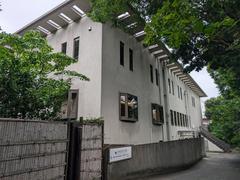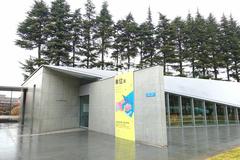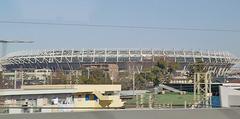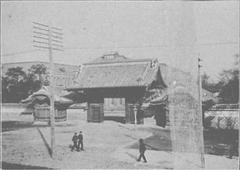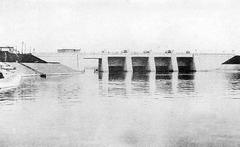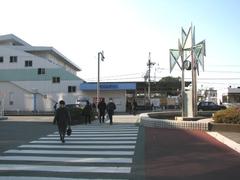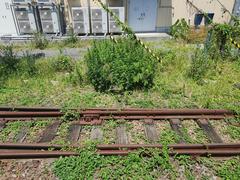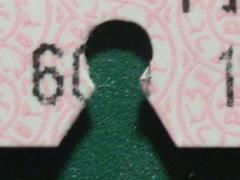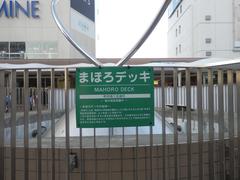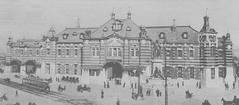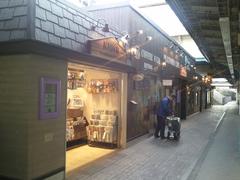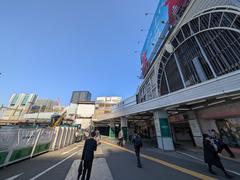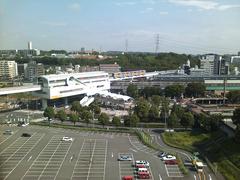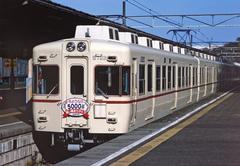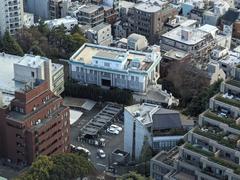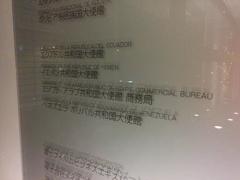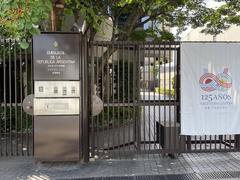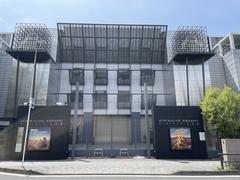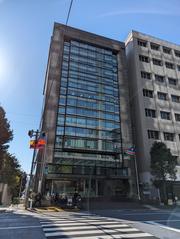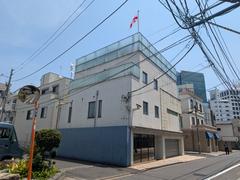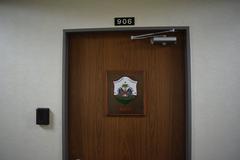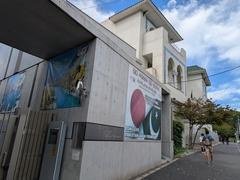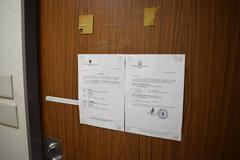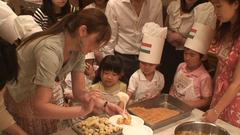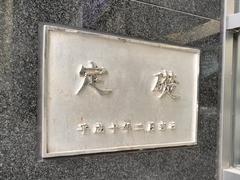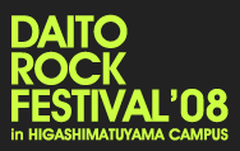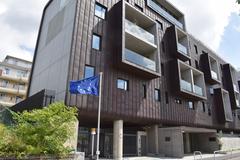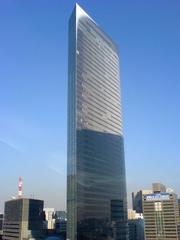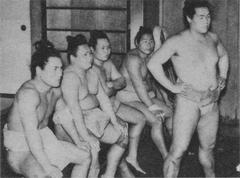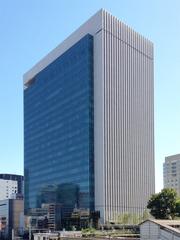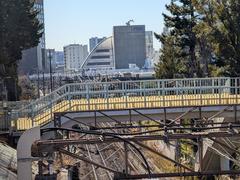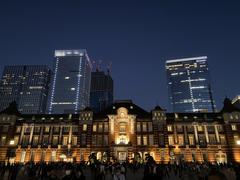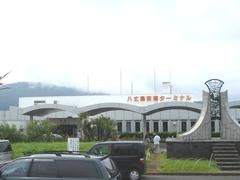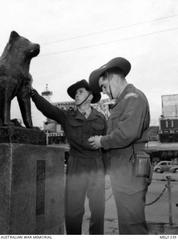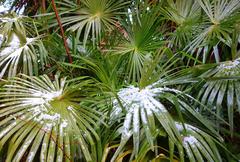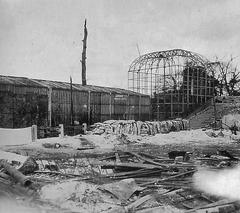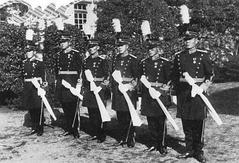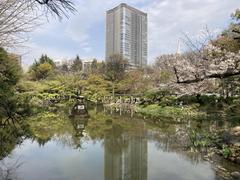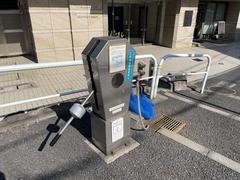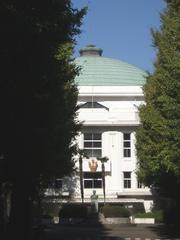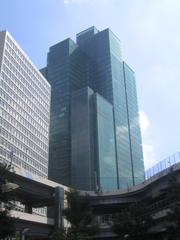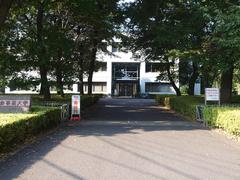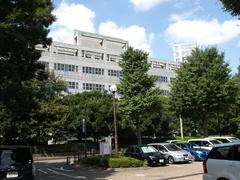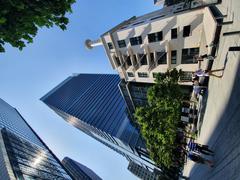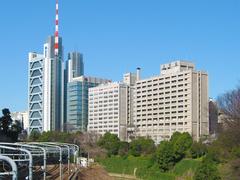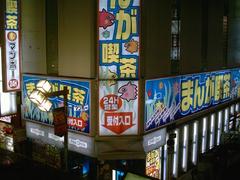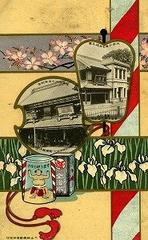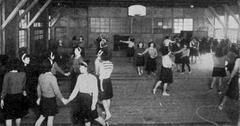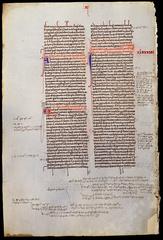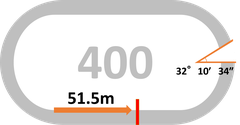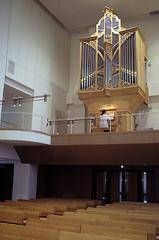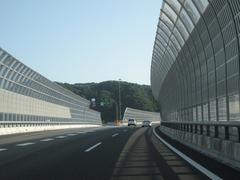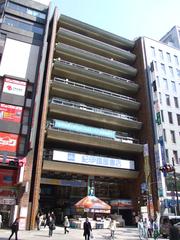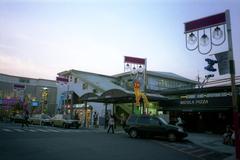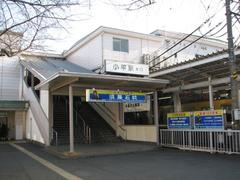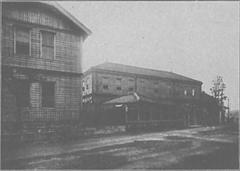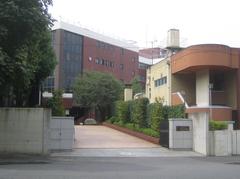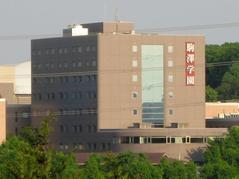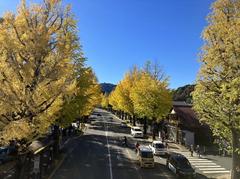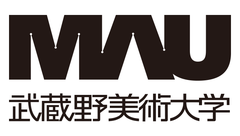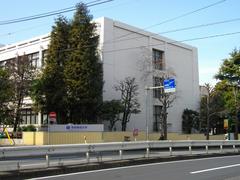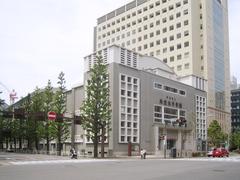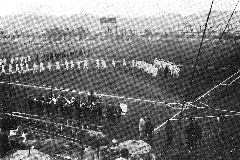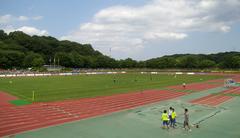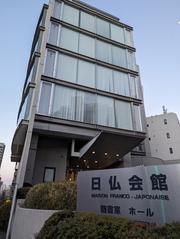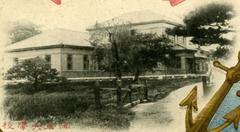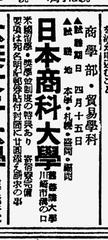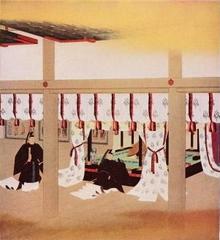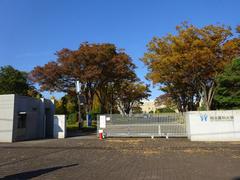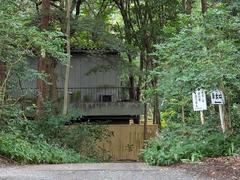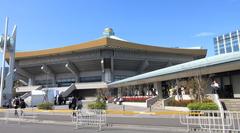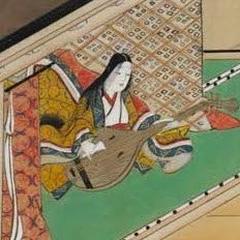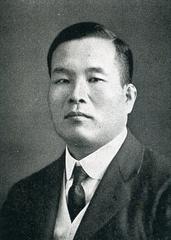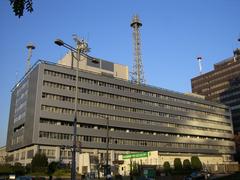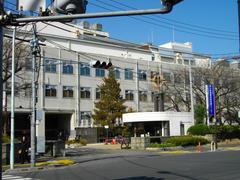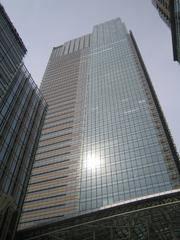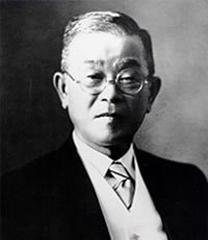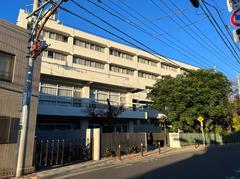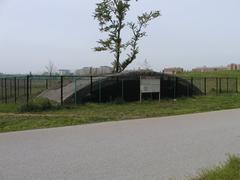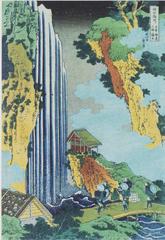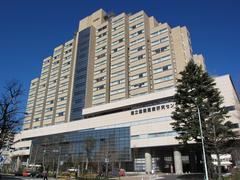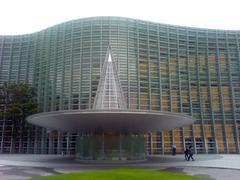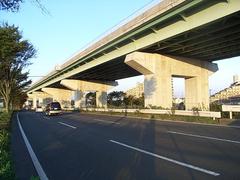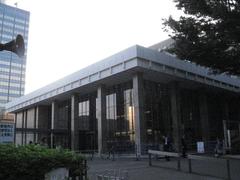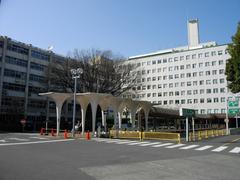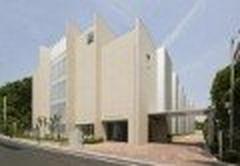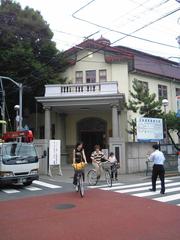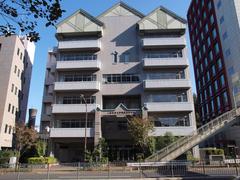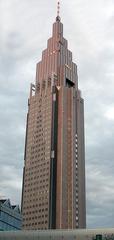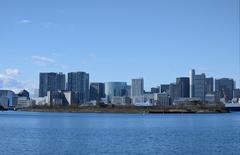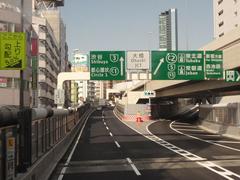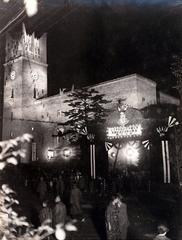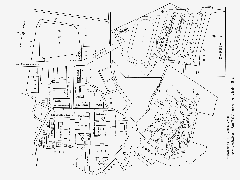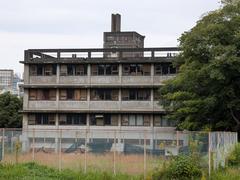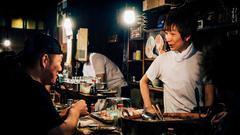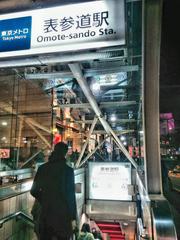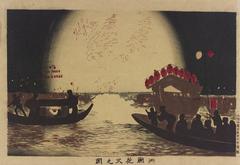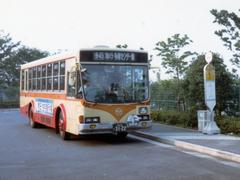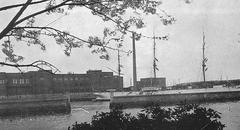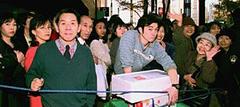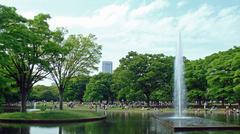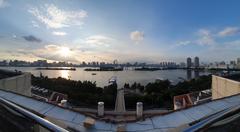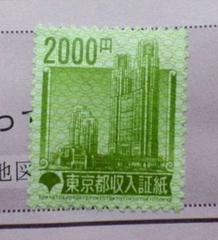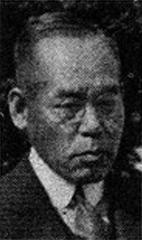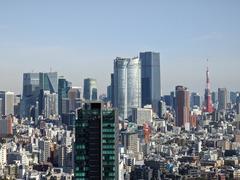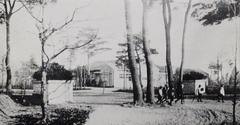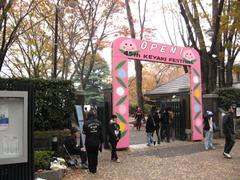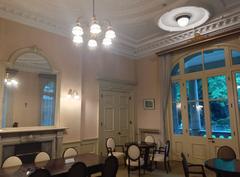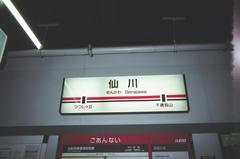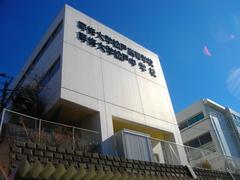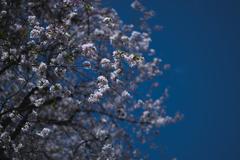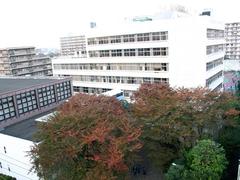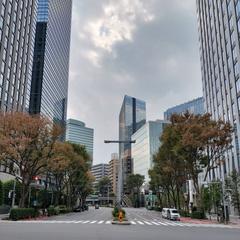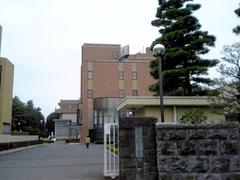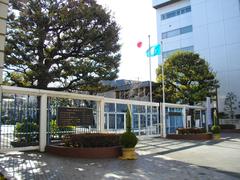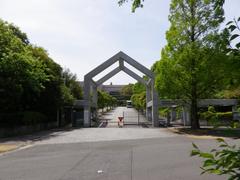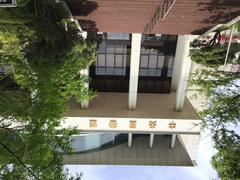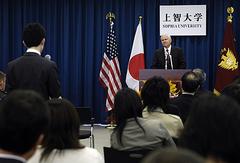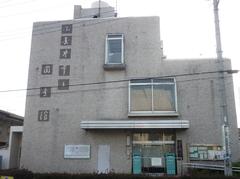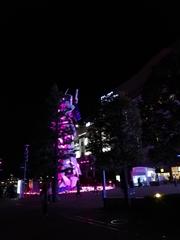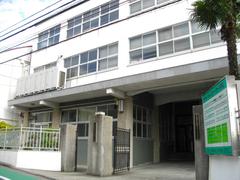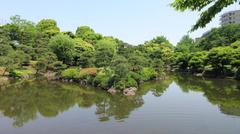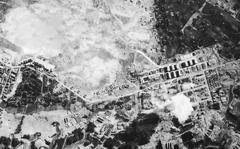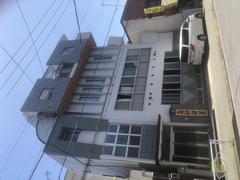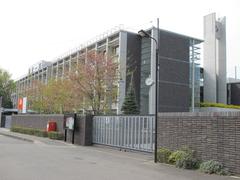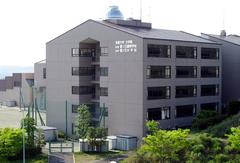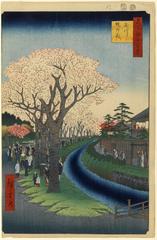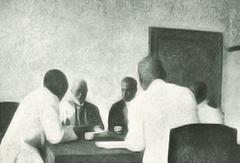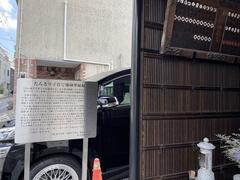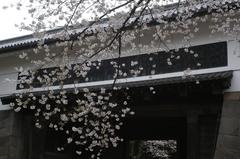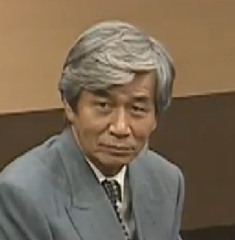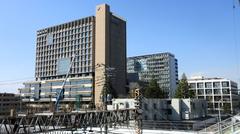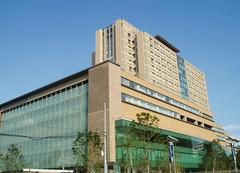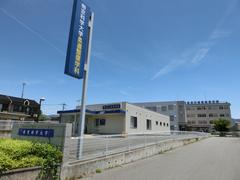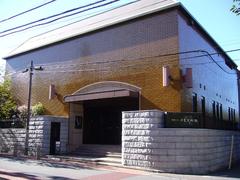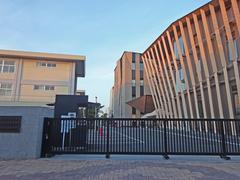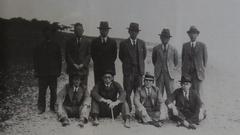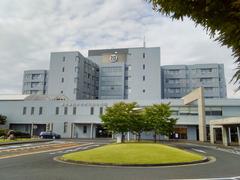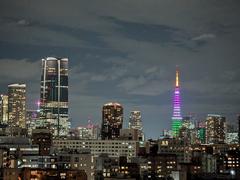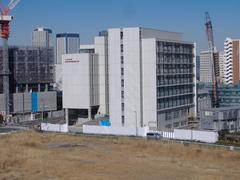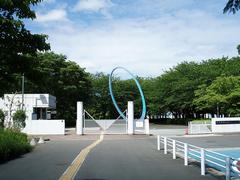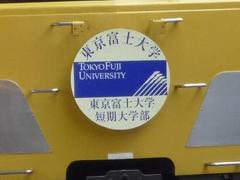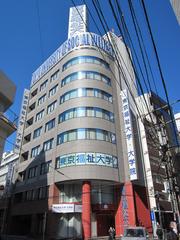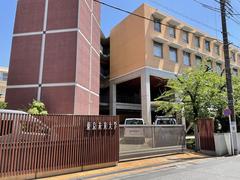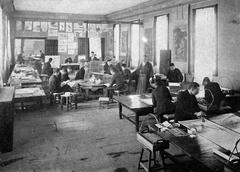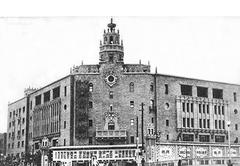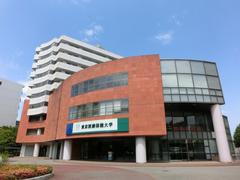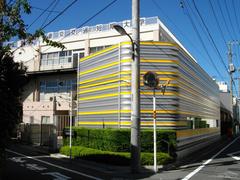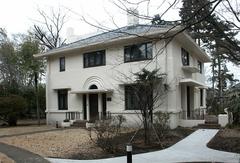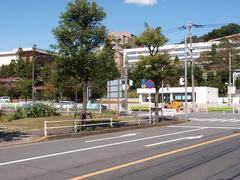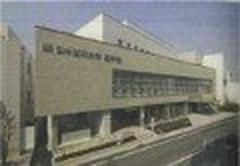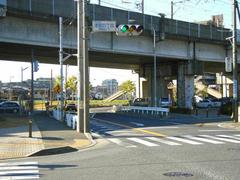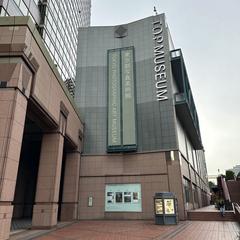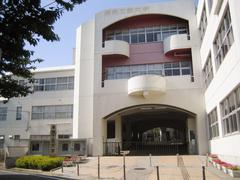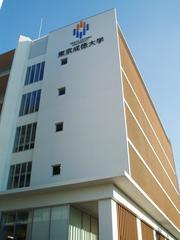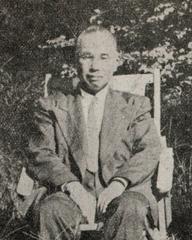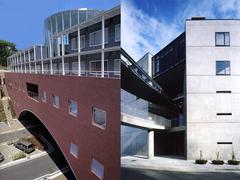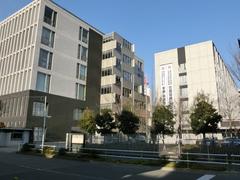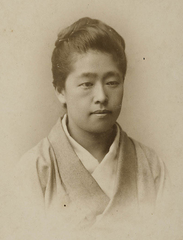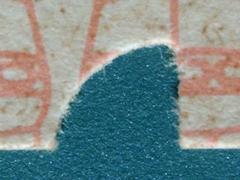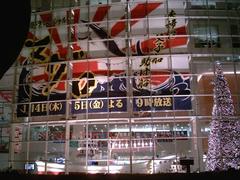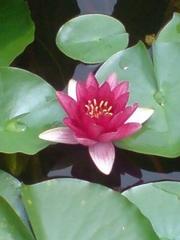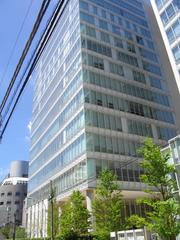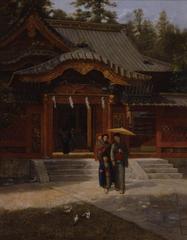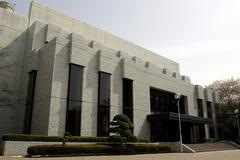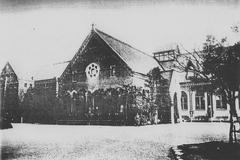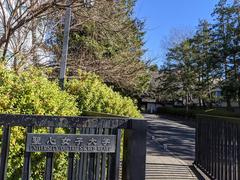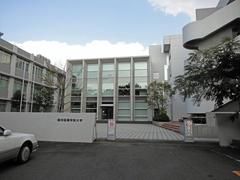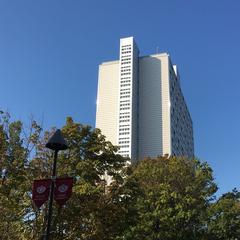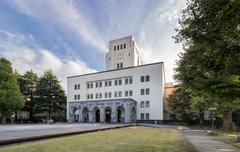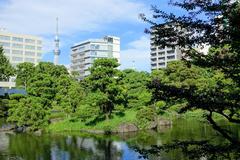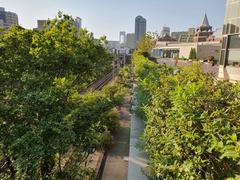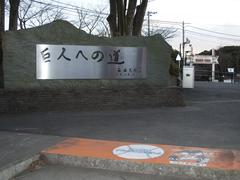
Museum of Modern Japanese Literature: Visiting Hours, Tickets, and Guide to Tokyo Historical Sites
Date: 15/06/2025
Introduction
Immerse yourself in the rich tapestry of Japan’s modern literary history at the Museum of Modern Japanese Literature (日本近代文学館, Nihon Kindai Bungakukan). Situated in the serene Komaba Park in Tokyo’s Meguro City, this institution is a cornerstone for preserving and celebrating the nation’s literary achievements from the Meiji era (1868–1912) to the present day. Established in 1967 with the backing of over 15,000 donors, including prominent writers and scholars, the museum plays a critical role in safeguarding invaluable manuscripts, rare books, personal correspondence, and artifacts that trace the evolution of Japanese literature through periods of significant historical and societal change.
With a collection exceeding one million items, featuring works from celebrated authors such as Ryūnosuke Akutagawa, Natsume Sōseki, Yukio Mishima, and Yasunari Kawabata, the museum serves as both a vital research center and an accessible space for the public. Through its rotating exhibitions, public programs, and digital archives, it offers unparalleled insights into modern Japanese literature and its integral connection to Tokyo’s broader historical and cultural landscape. This guide provides all the essential information for planning your visit, including historical background, ticketing, accessibility, travel tips, and nearby attractions, ensuring a fulfilling and enriching experience at one of Tokyo’s most significant cultural landmarks.
Table of Contents
- Introduction
- Historical Background and Development
- Permanent Collections
- Temporary and Thematic Exhibitions
- Exhibition Spaces and Visitor Experience
- Visitor Information
- Visuals and Media
- FAQ
- Call to Action
- Conclusion
- References
Historical Background and Development
Founding and Early Mission
Established in April 1967, the Museum of Modern Japanese Literature emerged from a pressing need to preserve Japan’s modern literary heritage. The initiative was driven by widespread concern over the potential loss of invaluable manuscripts and documents amidst rapid modernization. The collective support of over 15,000 donors, including esteemed writers, scholars, and private citizens, underscored the deep respect for literary history within Japanese society and facilitated the museum’s creation.
Growth of the Collection
From its inception, the museum’s collection has dramatically expanded, now comprising over 1,070,000 items, making it one of Japan’s most significant literary archives. Its holdings encompass a wide array of materials, including:
- Handwritten manuscripts and drafts
- Personal letters and diaries
- First editions and rare books
- Literary magazines and journals
- Photographs, videos, and various artifacts
Key contributions include the manuscripts of Ryūnosuke Akutagawa and valuable correspondence from Yasunari Kawabata, the museum’s inaugural honorary director. The collection represents the works of over 150 modern Japanese authors.
Expansion and Modernization
In 2007, a branch library was established in Narita City, Chiba Prefecture, to accommodate the growing collection. Recognizing the importance of digital access, the museum has a significant initiative underway to digitize its archives, making many documents available online and thereby aiding in the preservation of fragile materials.
Role in Japanese Literary Culture
Distinguished from other literary museums in Japan, the Museum of Modern Japanese Literature functions as a national center tracing the development of literature from the late 19th century onwards. Its archives chronicle critical historical periods, such as the Meiji Restoration, wartime censorship, and postwar reconstruction, offering invaluable resources for understanding literature’s role in shaping Japanese identity.
Notable Exhibitions and Public Engagement
The museum hosts approximately five major rotating exhibitions annually, showcasing major literary trends, figures, and the intersections of literature with society and the arts. These exhibitions often include multimedia displays and interactive elements, with supplementary information provided in Japanese and some English. Public spaces like reading rooms and a café are designed to enhance the visitor experience, while outreach programs and workshops further promote literary appreciation across diverse audiences.
Architectural and Locational Significance
Strategically situated within Komaba Park, the museum is surrounded by a cluster of cultural and academic institutions. Its architectural design effectively balances preservation requirements with public accessibility, featuring dedicated exhibition halls, Reading Rooms, and extensive archival storage. The proximity to the historic Maeda Residence, a former samurai home, adds another layer to the cultural context, allowing visitors to explore a significant aspect of Tokyo’s history.
Institutional Impact and Legacy
Since its opening, the museum has been instrumental in advancing the study and appreciation of modern Japanese literature. Its continuous adaptation to technological advancements and the expansion of digital access demonstrate its commitment to education and the preservation of literary heritage for future generations.
Key Milestones
- 1963: Incorporated foundation established.
- 1967: Official opening in Komaba Park, Tokyo.
- 2007: Narita branch library opened.
- 2022: Collection surpasses 1,070,000 items.
Permanent Collections
Literary Manuscripts and First Editions
The museum’s primary strength lies in its extensive collection of manuscripts and first editions. Highlights include original drafts and annotated copies from renowned authors such as Natsume Sōseki, Ryūnosuke Akutagawa, Osamu Dazai, Yukio Mishima, and Yasunari Kawabata. These materials, often displayed on a rotating basis to maintain their condition, chart the creative journey of modern Japanese literary figures.
Author Archives and Personal Effects
Beyond manuscripts, the museum’s archives contain personal diaries, photographs, writing implements, and even clothing, offering intimate glimpses into the lives of Japan’s literary icons and their creative environments.
Literary Magazines and Periodicals
The library houses a significant collection of rare literary magazines, including iconic titles such as “Bungakukai,” “Shincho,” and “Chūō Kōron.” These publications are crucial for understanding the trends, debates, and intellectual currents within Japanese literary circles from the late 19th century onwards.
Rare Books and Special Collections
The museum is a treasure trove for specialists and enthusiasts alike, featuring rare books, early printings, and curated collections that focus on diverse literary contributions, such as works by women writers, minority voices, and avant-garde literary movements.
Temporary and Thematic Exhibitions
Rotating Special Exhibitions
The museum regularly presents themed exhibitions that focus on individual authors, significant literary movements, or specific historical topics. These exhibitions often incorporate multimedia elements and interactive features, with explanatory panels provided in Japanese and, for key displays, English summaries.
Anniversary and Commemorative Events
Major literary anniversaries are celebrated through special exhibitions and events, providing unique access to unpublished manuscripts and exclusive memorabilia, offering fresh perspectives on celebrated literary figures.
Collaborative and Traveling Exhibitions
The museum actively collaborates with both domestic and international institutions, contributing to the global dissemination of Japanese literary heritage through joint exhibitions and outreach initiatives.
Exhibition Spaces and Visitor Experience
Main Exhibition Hall
The main exhibition hall is designed to evoke the atmosphere of a traditional Japanese study, presenting rotating displays from the museum’s permanent collection. Visitors have access to magnifying glasses and digital tools that facilitate a closer examination of the artifacts.
Thematic Galleries
These galleries are dedicated to exploring specific literary genres, historical periods, or thematic narratives. Their content is updated regularly to reflect new scholarly research and recent acquisitions, ensuring a dynamic experience for repeat visitors.
Interactive and Multimedia Displays
The museum incorporates touchscreens and audio-visual stations that offer digitized manuscripts, author interviews, and relevant documentaries, thereby enhancing accessibility and engagement for all visitors.
Reading Room and Library
The public reading room grants access to a vast collection of over 400,000 volumes, including critical studies, biographies, and reference materials. Digital versions of rare materials are also available for consultation within the museum.
Visitor Information
Visiting Hours and Tickets
- Hours: Tuesday to Sunday, 10:00 AM–5:00 PM (Last admission: 4:30 PM).
- Closed: Mondays (or the following day if Monday is a national holiday), New Year holidays, and for exhibition changes.
- Admission: Adults ¥500; university students ¥300; high school students and younger receive free admission. Special exhibitions may incur an additional fee. Tickets can be purchased at the entrance or online.
Directions and Access
- Address: 1-10-30 Komaba, Meguro-ku, Tokyo 153-0041, Japan.
- Nearest Station: Komaba-Todaimae Station on the Keio Inokashira Line, a 5-minute walk from the station. The museum is a short 10-minute ride from Shibuya.
- Parking: Parking facilities are limited, and using public transportation is highly recommended.
Accessibility and Visitor Services
- The museum is fully wheelchair accessible, equipped with ramps, elevators, and dedicated accessible restrooms.
- Audio guides in Japanese and English are available for a small fee.
- Museum staff are available to assist visitors with special needs; advance notification for specialized support is appreciated to ensure the best possible assistance.
- Tactile maps and Braille materials can be provided upon request.
- Service animals are welcome within the museum premises.
Facilities
- Lockers: Coin-operated lockers are available near the entrance for safekeeping of personal items.
- Restrooms: Well-maintained and accessible restrooms are located on each floor.
- Museum Shop: Offers a selection of books, literary-themed merchandise, and souvenirs.
- Reading Rooms: Open to the public for research and leisure reading; some specific materials may require prior reservation.
- Vending Machines: Available for light snacks and beverages. The adjacent Komaba Park is also an excellent venue for picnics.
Nearby Attractions
- Komaba Park: The serene grounds offer a pleasant environment for a relaxing stroll before or after your museum visit.
- Maeda Residence: Located adjacent to the museum, this historic samurai residence showcases exquisite Meiji and Taishō period architecture.
- University of Tokyo – Komaba Campus: This site is rich in academic and cultural history, worth exploring for its architectural and intellectual heritage.
- Koishikawa Korakuen Garden: One of Tokyo’s oldest and most beautiful traditional gardens, easily accessible for a short excursion.
Visitor Tips
- Optimal Visiting Times: Weekday mornings are generally less crowded, providing a more tranquil experience.
- Language Accessibility: While many exhibits are in Japanese, English summaries and audio guides are available.
- Photography Policy: Photography is prohibited in exhibition areas to preserve the artifacts, but allowed in designated spots.
- Respectful Conduct: Please maintain a quiet atmosphere, especially in the reading rooms and exhibition spaces, to respect other visitors and the scholarly environment.
- Advance Reservations: Recommended for workshops, specialized research, or group visits.
- Event Information: Consult the museum’s official website for details on lectures, workshops, and special exhibition updates.
Seasonal Considerations
Spring and autumn are particularly attractive periods to visit, offering the beauty of cherry blossoms and fall foliage in Komaba Park. Outdoor literary events may also be scheduled during these seasons, enhancing the overall cultural experience.
Safety and Etiquette
- Please refrain from consuming food or drinks in exhibition areas.
- Ensure mobile phones are switched to silent mode during your visit.
- Security staff are present to ensure a safe and comfortable environment for all visitors.
Visuals and Media
High-quality images, virtual tours, and interactive content are available on the museum’s official website, offering visitors a preview of current exhibitions and the museum’s facilities. These visual assets are optimized with relevant SEO keywords such as “Museum of Modern Japanese Literature exhibitions” and “Tokyo historical sites.”
Frequently Asked Questions (FAQ)
Q: What are the Museum of Modern Japanese Literature’s visiting hours? A: The museum is open Tuesday–Sunday, 10:00 AM–5:00 PM, with the last admission at 4:30 PM. It is closed on Mondays and national holidays.
Q: How can I buy tickets? A: Tickets are available for purchase at the museum entrance or online via the official website.
Q: Is the museum wheelchair accessible? A: Yes, the museum is fully wheelchair accessible, featuring ramps, elevators, and accessible restrooms.
Q: Are guided tours available? A: Japanese-language tours are offered regularly. English group tours can be booked in advance by contacting the museum.
Q: Can I take photographs inside the museum? A: Photography is generally not allowed in exhibition rooms to protect the artifacts, but it is permitted in designated areas. Please check signage for specific rules.
Q: Are audio guides available? A: Yes, audio guides are available in both Japanese and English for a small fee, offering deeper insights into the exhibits.
Q: Is there a gift shop? A: Yes, the museum has a shop that offers books, souvenirs, and various literary-themed merchandise.
Call to Action
Plan your visit to the Museum of Modern Japanese Literature to immerse yourself in the depth and dynamism of Japan’s literary tradition. For the most current information on exhibitions, ticketing, and special events, please refer to the official website. Enhance your museum exploration by downloading the Audiala app for guided tours and additional audio content, and follow us on social media for the latest news and updates on Tokyo’s cultural sites.
Conclusion
The Museum of Modern Japanese Literature provides an unparalleled gateway into Japan’s rich literary heritage, presenting meticulously preserved collections in an accessible and engaging environment. With its diverse program of permanent and temporary exhibitions, extensive educational resources, and proximity to other significant historical sites, the museum is an essential destination for anyone interested in Japanese culture, history, or literature. This guide aims to assist you in planning your visit, ensuring a rewarding experience that deepens your understanding of the stories and ideas that have shaped modern Japan.
References
- Visiting the Museum of Modern Japanese Literature in Tokyo: Hours, Tickets, and History, 2024, NCC Japan Guide NCC Japan Guide
- Museum of Modern Japanese Literature: Visiting Hours, Tickets & Cultural Insights in Tokyo, 2024, TokyoMK Guide TokyoMK Guide
- Museum of Modern Japanese Literature in Tokyo: Collections, Exhibitions, Visiting Hours, Tickets & Visitor Guide, 2024, Japan Travel Navitime Japan Travel Navitime
- Museum of Modern Japanese Literature Visiting Hours, Tickets, and Visitor Guide in Tokyo, 2024, Official Museum Site Official Museum Site
- Exploring Japan’s Literature Museums, 2023, National Centre for Writing National Centre for Writing
- Origins of Modern Japanese Literature, 2020, Kōjin Karatani, Duke University Press Duke University Press
- Museum of Modern Japanese Literature, Go Tokyo Go Tokyo
- Timeline of Events in Japan, Facing History Facing History


